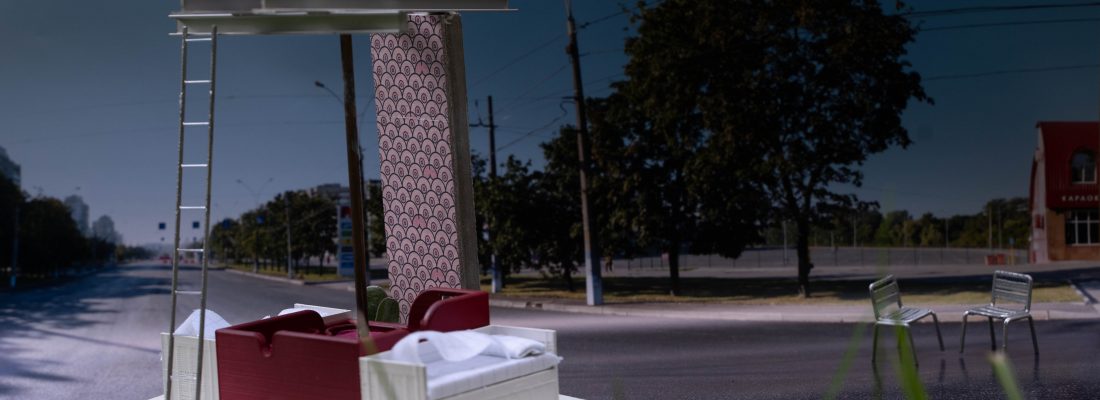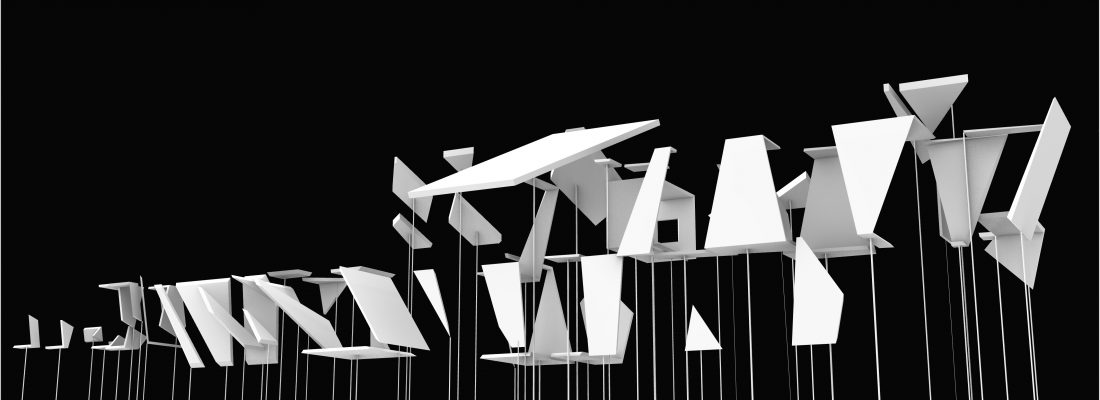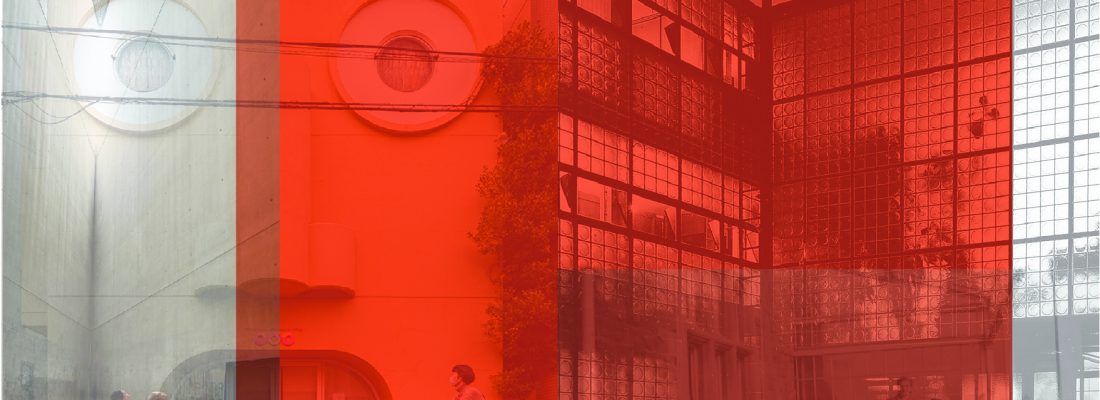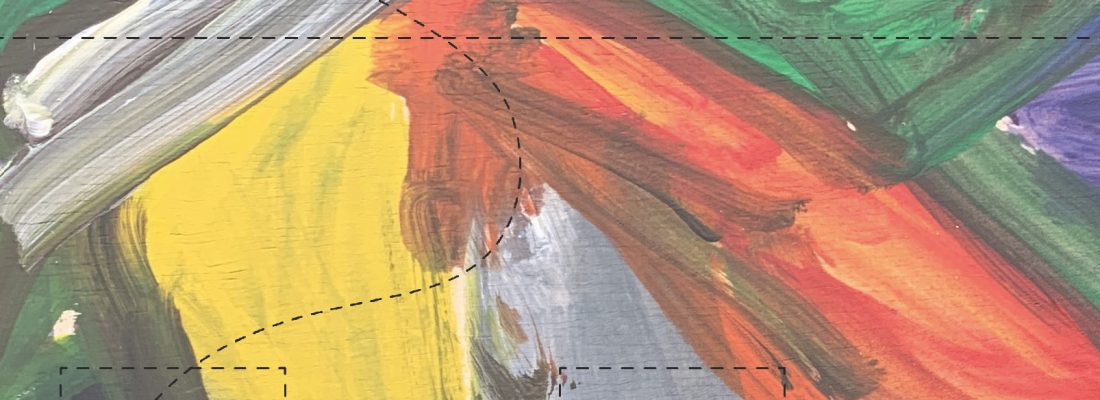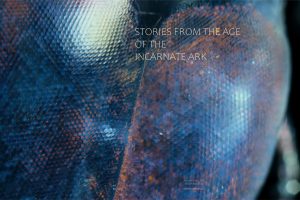
Stories from the Age of the Incarnate Ark / Teresa Auderer & Mirjam Miller
In the present study, three parts (Part I, Part II and Part III), ranging from research and reflections to fictional stories as part of a graphic novel, deal with the hypothetical development of modern society towards a hybrid society in the near and distant future. The final result of this work is a self-written and […]
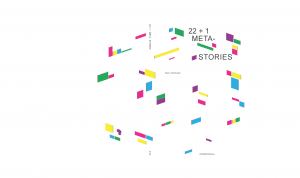
22 + 1 Meta Stories / Maya Christodoulaki
The Haus Rucker Co collective was asking in 1986 for “An amnesty for built reality”. Since then we have moved past what is right or wrong and we are serving neither the people nor the built reality. All that exists around us is in a state of paroxysm, it is reproduced, replicated, conditioned and restated, […]

Post Truth / Valentina Georgieva
Probably, one of the most ancient questions in the world is the question of truth.
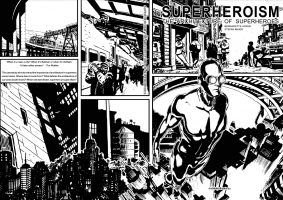
Superheroism / Hofer & Maier
“When is a man a city? When it‘s Batman or when it‘s Gotham. I‘d take either answer”. The Riddler This casestudy aims to extract the importance of architecture in superhero comic books. Where does it come from? What defines the architecture of our comic book heroes? Which role does it take, superhero or supervillain?
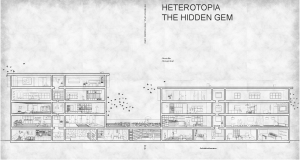
Heterotopia – The Hidden Gem / Maria Bär and Manuel Abart
The term heterotopy comes from the Greek. It is formed from the words „hetero“ for “different“ and „topos“ for „place“. The concept was first used by Michel Foucault in his philosophy in 1967. It thus designates spaces or places and their systemic significance, which have only partially or not completely implemented the norms given at […]
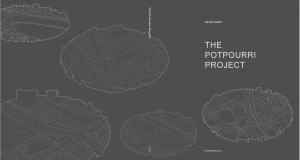
Of Episodes and Scenarios – The Potpourri Project / Harald Jöchl
A speculative project about how urbanism in future should be practiced. At the same time a critical project about the current state of the art and the current practice of architecture and urbanism. This book is situated exactly at the starting point of the production of architecture. At the beginning of every political or planning […]
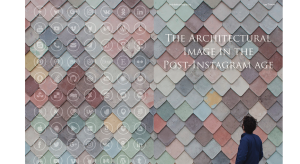
The Architectural Image in the Post-Instagram Age / Igor Wikman
What does Post Instagram mean? What kind of state and condition does it describe? wahrt represents Post- in this world? What characterizes and defines the term Instagram in this text?
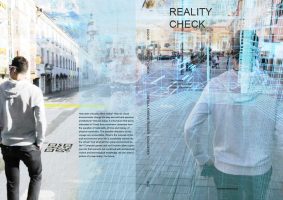
RealityCheck / Contola & Ehrenstraßer & Schwaderer
How does virtuality affect reality? How will virtual environments change the way we build and perceive architecture in the future? Freed from constrains it is already possible to create the wildest forms and virtual buildings of endless complexity within virtual space. The technology to fully experience this in a realistic way is already here. But […]
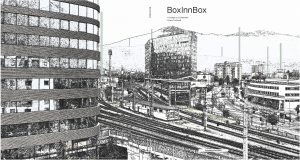
BoxInnBox / Diana Tschenett & Christopher Schneeweiß
The world is constantly changing, shifting and developing. Sometimes those events are happening so fast, that there is almost no time to adopt to a recent development. Passing through spaces and places at a high pace, certain situations are not even recognized by the individual. By looking closer at random spots you can find objects, […]
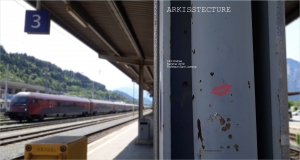
Arkisstecture / Clint Andree
The Project started off with the Analysis of 5 different spaces randomly selected around Innsbruck. The spaces were, a plant nursery, a yard to an apartment complex, a courtyard completely surrounded by mix use buildings, a corner within a residential neighborhood, and finally the Westbanhof in Innsbruck. Every site had its own unique parameters and […]

Is this the way to utopia? / Niklas Bugelnig & Tobias Stenico
ONE WAY TO UTOPIA Can you remember the first time you heard about “Utopia”? Is it something like a city or more like a country? Or even another planet? Right! It’s all of it and even more! But to make things clear: In 1516 Sir Thomas More was the first one to use the word […]
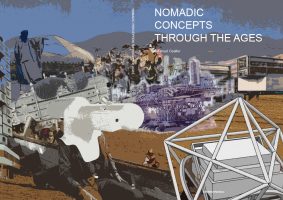
Nomadic Concepts through the Ages / Manuel Gsaller
“The word fit may be defined in the most generous terms imaginable, but it still does not necessarily imply the erection of buildings. Environments may be made fit for human beings by any number of means.” Banham, cited by Langevin, 2008 Nomadism has always been the adaption of societies to a diverse set of environments.This […]


